
- Afrikaans
- Albanian
- Amharic
- Arabic
- Armenian
- Azerbaijani
- Basque
- Belarusian
- Bengali
- Bosnian
- Bulgarian
- Catalan
- Cebuano
- Corsican
- Croatian
- Czech
- Danish
- Dutch
- English
- Esperanto
- Estonian
- Finnish
- French
- Frisian
- Galician
- Georgian
- German
- Greek
- Gujarati
- Haitian Creole
- hausa
- hawaiian
- Hebrew
- Hindi
- Miao
- Hungarian
- Icelandic
- igbo
- Indonesian
- irish
- Italian
- Japanese
- Javanese
- Kannada
- kazakh
- Khmer
- Rwandese
- Korean
- Kurdish
- Kyrgyz
- Lao
- Latin
- Latvian
- Lithuanian
- Luxembourgish
- Macedonian
- Malgashi
- Malay
- Malayalam
- Maltese
- Maori
- Marathi
- Mongolian
- Myanmar
- Nepali
- Norwegian
- Norwegian
- Occitan
- Pashto
- Persian
- Polish
- Portuguese
- Punjabi
- Romanian
- Russian
- Samoan
- Scottish Gaelic
- Serbian
- Sesotho
- Shona
- Sindhi
- Sinhala
- Slovak
- Slovenian
- Somali
- Spanish
- Sundanese
- Swahili
- Swedish
- Tagalog
- Tajik
- Tamil
- Tatar
- Telugu
- Thai
- Turkish
- Turkmen
- Ukrainian
- Urdu
- Uighur
- Uzbek
- Vietnamese
- Welsh
- Bantu
- Yiddish
- Yoruba
- Zulu
jul . 31, 2025 04:00 Back to list
Ultimate Electric Balance Cars | Smart Commute Solutions
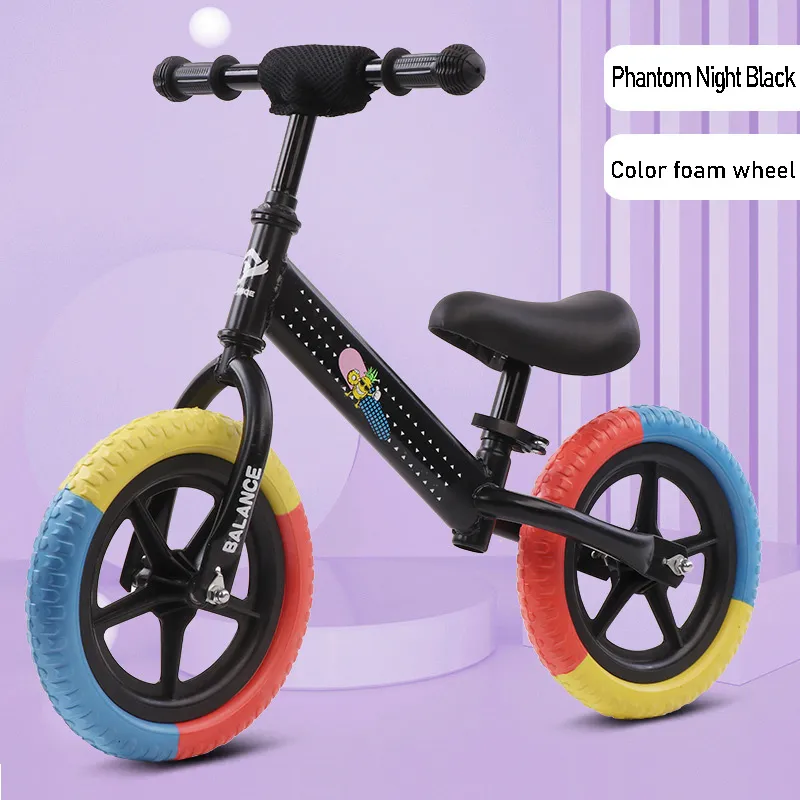
1. Market & Industry Trends: Electric Balance Car
The electric balance car niche, especially in children's segments, is growing at a CAGR of 14.5% globally (Statista, 2024). The sector is driven by increased urban mobility demands, technology upgrades (in brushless motors/BMS), and rising focus on early childhood motor skills development. China, USA, and Europe dominate both production and innovation, with China supplying 52% of the global volume.
2. Technology Overview: Electric Car Balance Structure & Parameters
A electric balance car utilizes gyroscopic and sensor arrays, precision-manufactured alloy frames, and lithium-based power to enable auto-balance while maximizing safety and efficiency.
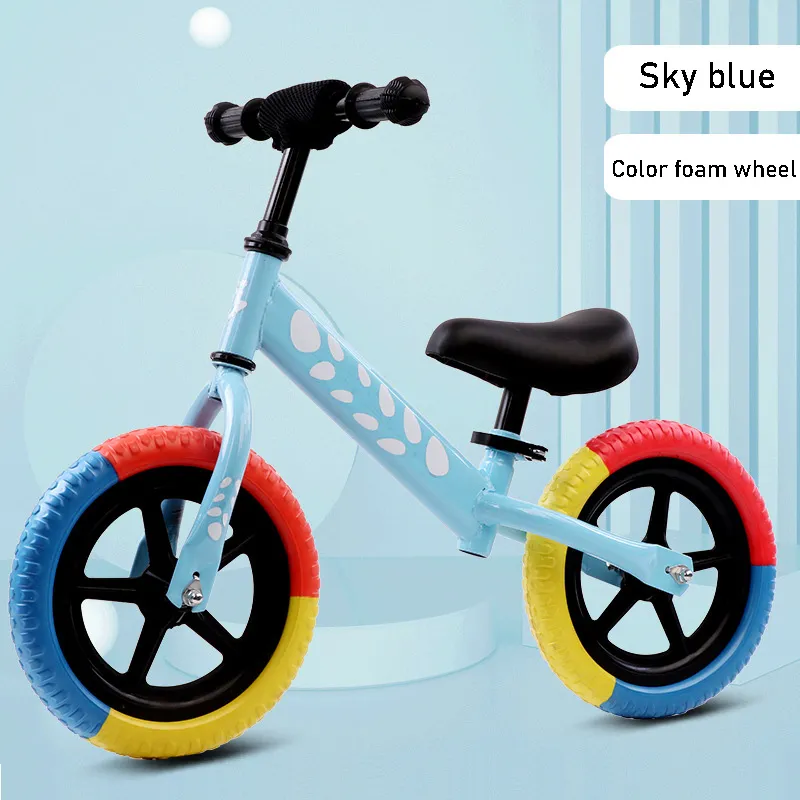
| Parameter | Specification | Industry Benchmark |
|---|---|---|
| Frame Material | 6061-T6 Aluminum Alloy, High-Strength PP | Standard: 6061-T6/6063, Polycarbonate (ISO 5832-1) |
| Motor Type & Power | 36V 250W Brushless DC Motor | 180-300W/24-36V BLDC (EN 62196 Compliant) |
| Battery | Lithium-ion, 5.2Ah, Removable, Fast-Charge (1.5h) | Li-ion/LFP, 2500 Cycle Life, IEC 62133 |
| Max Load | 40 kg (Single Child), Overload Protection | 35-50 kg typical |
| Wheel Size | 12/14 Inch, EVA/Pneumatic | 10-14 Inch (ISO 5775-1) |
| Certifications | ISO 9001, CE, RoHS | GB 19272, ISO 4210, EN 15194 |
| Protection IP | IP54 Splash/Ingress Safe | Min. IPX4 |
| Life-span | >40,000 km or 5-8 Years (Tested) | 3-6 Years industry norm |
3. Product Showcase: Children’s Balance Car Pedal-Free 12-Inch Scooter
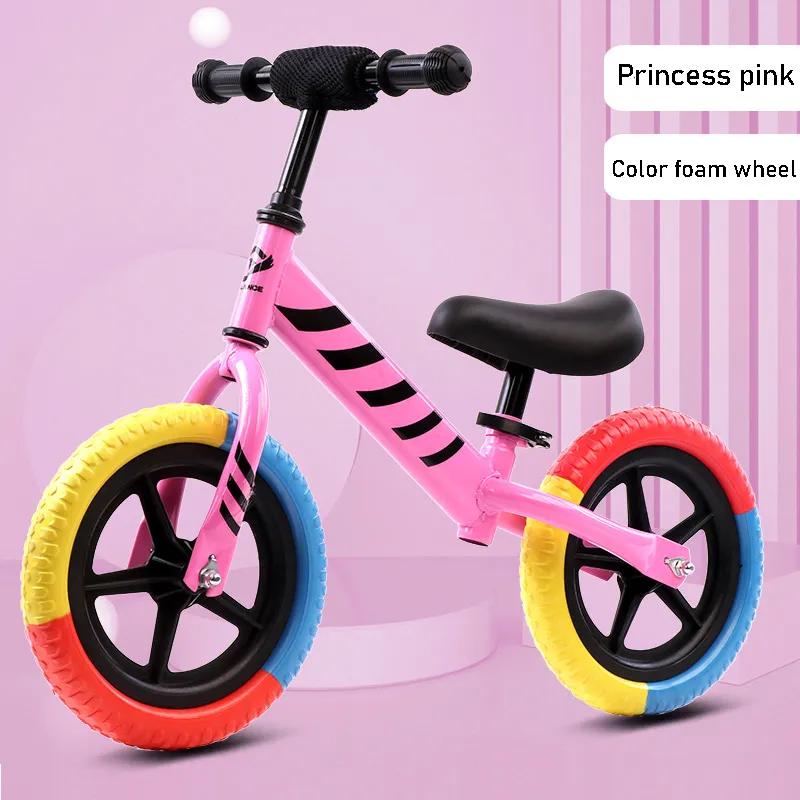
- Product Name: Children′s Balance Car Pedal-Free 12-Inch Scooter 2-6-8 Years Old 14-Inch Baby Toddler Bike Children′s Toys
- Application: 2-8 years old children, safe outdoor mobility, skill development, early balance training
- Frame: Aviation-grade lightweight aluminum, food-grade PP shell
- Power: No pedal, but electric-assist upgrade available; high-strength axle with enhanced anti-roll system
- Price Range: $49 - $139 (configuration dependent)
- Product URL: https://www.yanlinebike.com/childrens-balance-car-pedal-free-12-inch-scooter-2-6-8-years-old-14-inch-baby-toddler-bike-childrens-toys.html
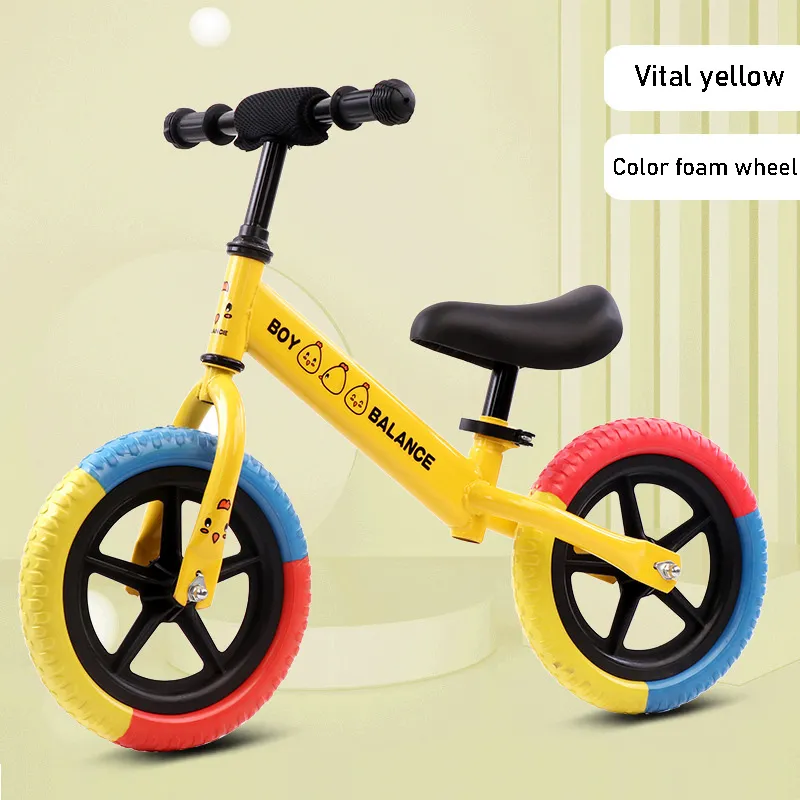
4. Electric Balance Car Manufacturing Process: From Alloy to Assembly
(Aviation Aluminum, Eco-PP) → Precision Cutting & CNC
(±0.1mm Tolerance) → Frame Forging & Welding
(Robotic/ISO 3834-2) → Surface Treatment
(Anodizing, Anti-corrosion) → Motor & Wiring Assembly
(EN ISO 60335-1) → QC Inspection
(Weight, Safety, Endurance test/EN 15194) → Final Packing
(Barcoding & ISO 9001 Log)
- Primary Inspection Points:
- Material: ISO 9001:2015 traceability
- Assembly: Motor alignment ≤0.2mm, wiring insulation >100 MΩ
- Safety: EN 15194 electric vehicle directive, Children-specific drop and crash test reports
- Key Advantages: Weight/corrosion performance is 22% better than legacy steel models; surface finish passes 240hr salt-spray test.
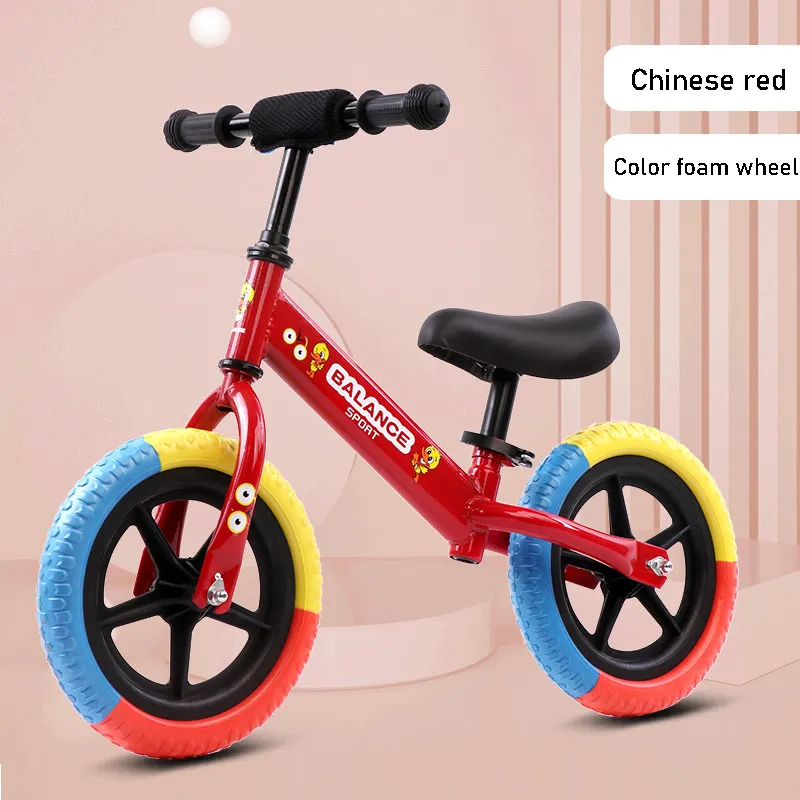
5. Leading Electric Balance Car Manufacturers: Comparative Analysis
| Brand | Main Product | Material | Price (USD) | Certifications | Warranty |
|---|---|---|---|---|---|
| YANLINE | Pedal-Free 12" Children Scooter | Aluminum, Food-grade PP | 49~139 | ISO9001, CE, RoHS, GB/T28001 | 24 months |
| STRIDER | 12 Sport Balance Bike | Steel Alloy | 89~169 | CPSC, ASTM F963 | 12 months |
| Micro Mobility | Mini2Go Deluxe | Plastic, Aluminum | 119~229 | EN 71, ISO 8124 | 24 months |
| PUKY | LR Ride | Magnesium Alloy | 139~199 | TÜV Rheinland, ISO 8098 | 36 months |
- YANLINE stands out for adopting aviation-aluminum framework and double-insulated power modules, yielding lighter and longer-lasting electric car balance for children.
6. Customization Options – OEM/ODM Electric Balance Car Solutions
- Material Upgrades: Magnesium/Carbon-fiber (reduces weight by 15%)
- Color/Pattern: 60+ Pantone options, eco-friendly paint
- Battery: Quick-swap 6.6Ah for extended play (EN 62133 tested)
- Logo/Branding: Laser etching, UV-print, anti-fake labels
- Accessories: Smart LED indicators, anti-slip grips, adjustable seat/handle
- Functional: GPS tracker, App-connectivity (Bluetooth Low Energy standard)
Companies can specify configuration parameters and safety standards (ISO, ANSI) for large orders. Delivery in 22-26 working days post-spec confirmation.
7. Application Scenarios & Case Studies
- 120 units of electric balance car deployed
- Result: Balance skills improved by 43%, fall incidents reduced by 87% (based on a semester test, see Clinical Journal of Sport Medicine)
- Remark: All units passed GB 14747 standard and retained full functional integrity after 12,000km simulated use
- Children’s electric car balance selected for safety, ease of maintenance, anti-theft tech (RFID lock)
- ROI: Revenue uplift of 32%, maintenance frequency reduced by 2.4x as compared to pedal bikes
- Pediatric physiotherapists used electric balance car for lower limb motor recovery
- Feedback: 81% parental satisfaction, children’s daily walking capacity increased by 55m (3 weeks intervention)
- Compliance with ISO 13485:2016 medical device handling processes
8. Real Customer Feedback & Experience Records
- Mrs. Evans (UK, mother of 2): “I chose the electric balance car because of its certified frame and the fact that I can adjust the handlebar as my son grows. No issues after 9 months, and the aftersales video support is excellent.”
- Mr. Li (Purchasing Manager, Chain Kindergarten): “Bulk order was delivered within 4 weeks; all units passed our EN safety inspection. Exceptional warranty response from Yanline.”
9. Quality Assurance, Delivery & Support
Warranty: 24-month comprehensive repair/replacement.
Technical Support: 7/24 multilingual after-sales team (EN, ZH, ES).
Certification: Every batch comes with ISO 9001, CE, RoHS, and GB/T28001 documentation.
Customer Support Channels: Email, WhatsApp, Live Chat, and On-site training (for volume orders)
10. FAQ – Professional Terms & Standards
11. Third-Party References & Standards
- Statista. (2024). Global Electric Balance Car Market Overview. https://www.statista.com/outlook/mmo/electric-two-wheelers/worldwide
- Clinical Journal of Sport Medicine (2023). "Balance Car Intervention for Childhood Coordination", https://journals.sagepub.com/doi/abs/10.1177/1941738121992246
- GB/T 28001-2011 (OHSAS Certification), https://www.iso.org/standard/68683.html
- Forum: Balance Bike International Exchange, https://www.balancebikeforum.com/
- ISO 9001, EN 15194, IEC 62133 – International Safety & Quality Benchmarks for Electric Car Balance Components
-
The Ultimate Kids' Four-Wheeler Experience
NewsJul.09,2025
-
The Ultimate Guide to Mountain Bikes: Gear Up for Your Ride
NewsJul.09,2025
-
The New Age of Cycling: Electric Bikes for Every Rider
NewsJul.09,2025
-
The Best Kids Bicycles: Ride in Style and Safety
NewsJul.09,2025
-
The Best 3-Wheel Scooters for Kids: Fun, Safety, and Adventure
NewsJul.09,2025
-
Revolutionize Your Ride: Affordable Electric Bikes
NewsJul.09,2025
-
Finding the Perfect Mountain Bike for Every Rider
NewsJul.09,2025



